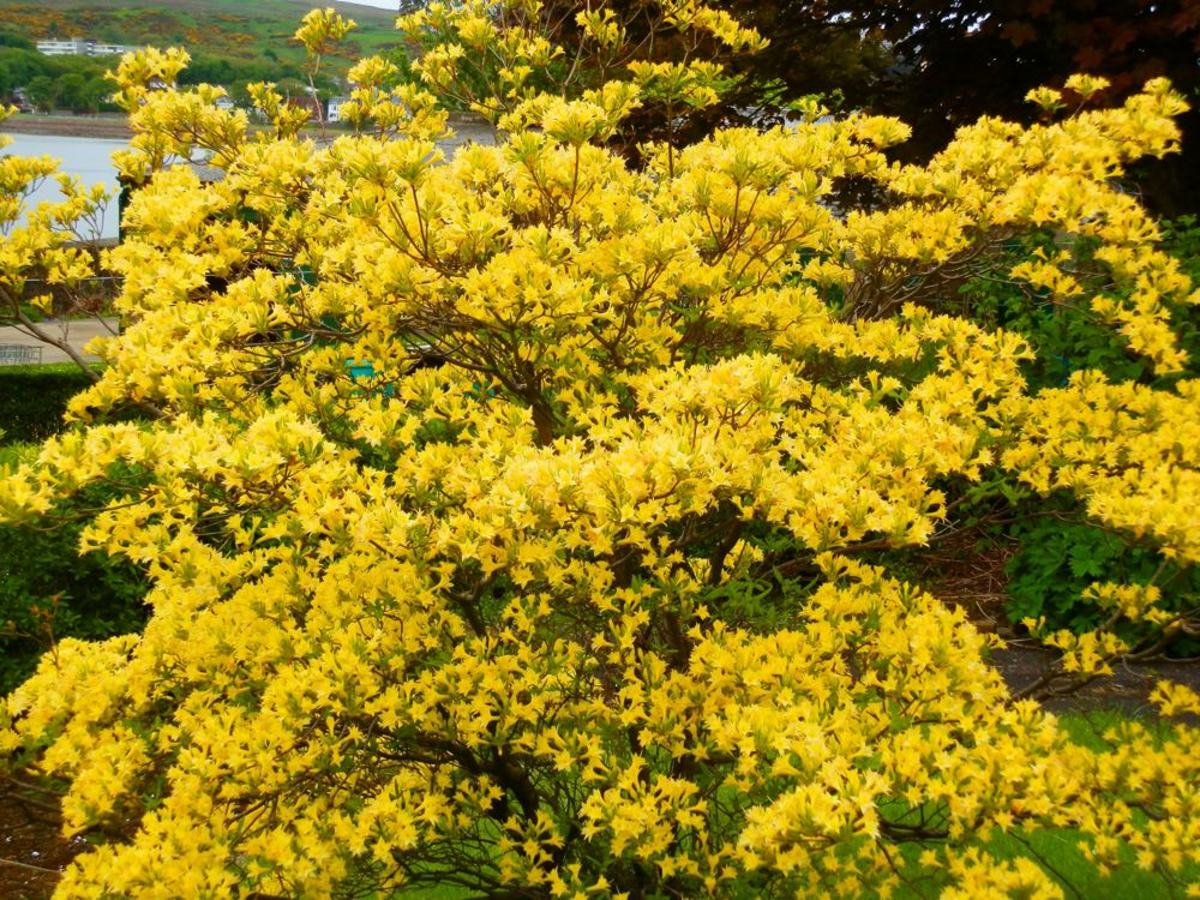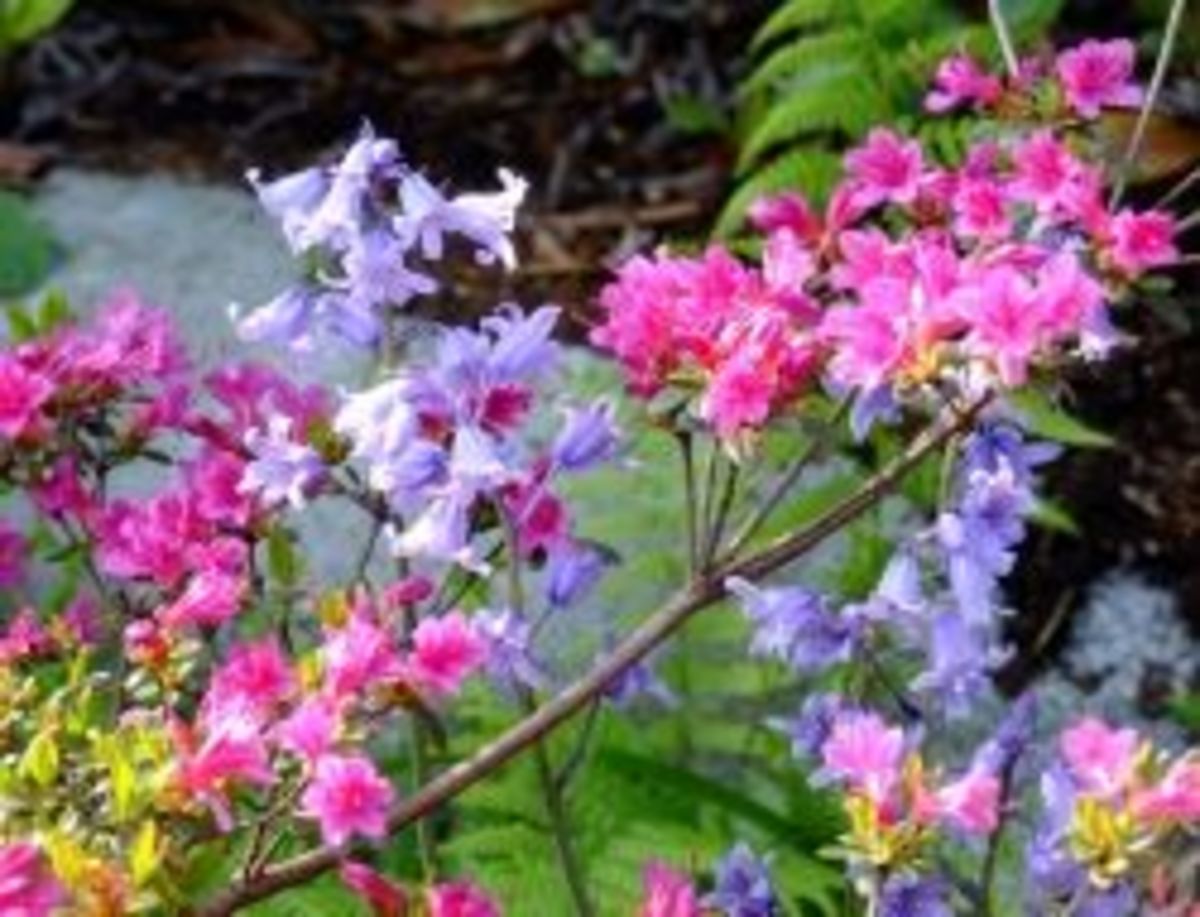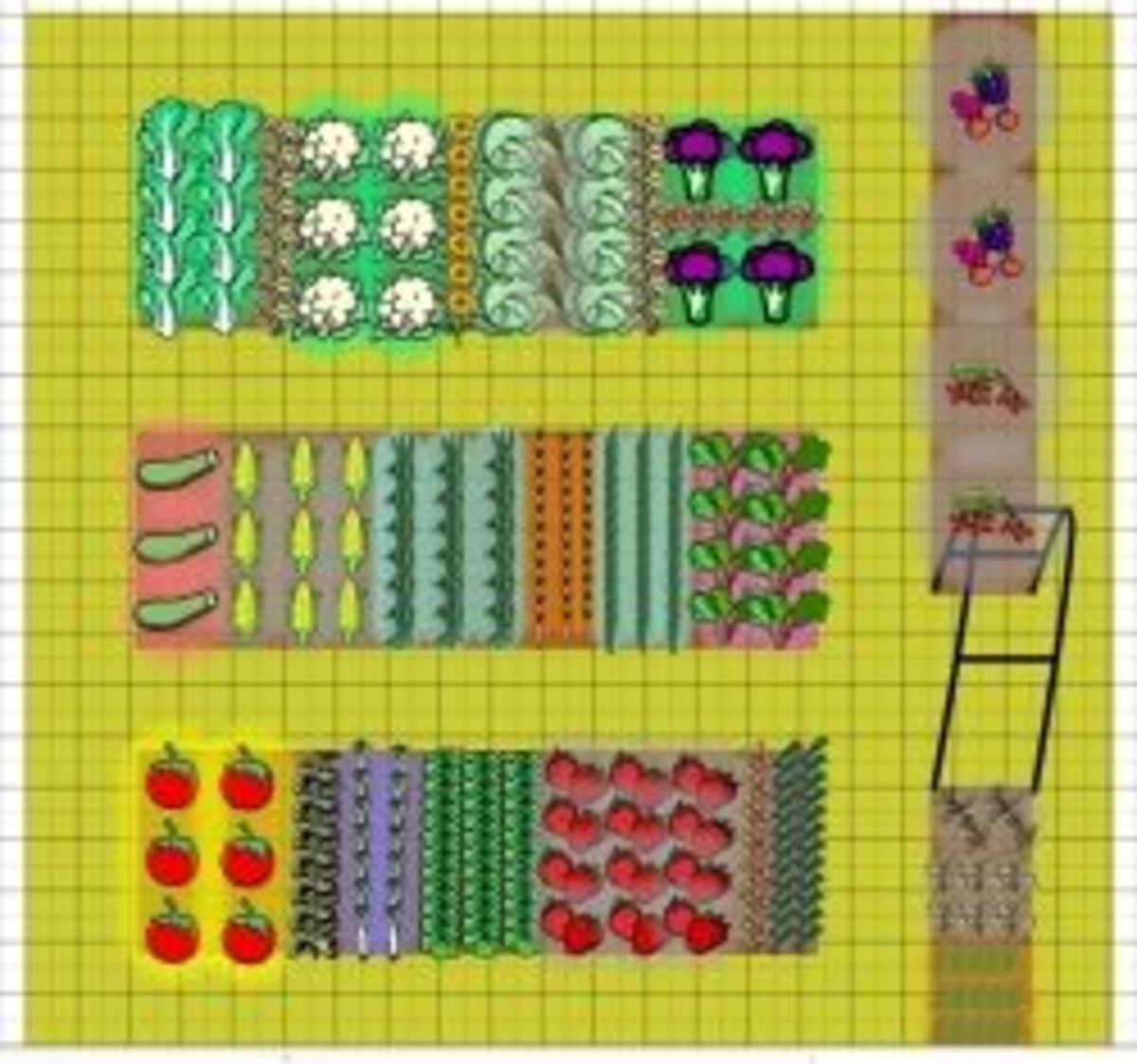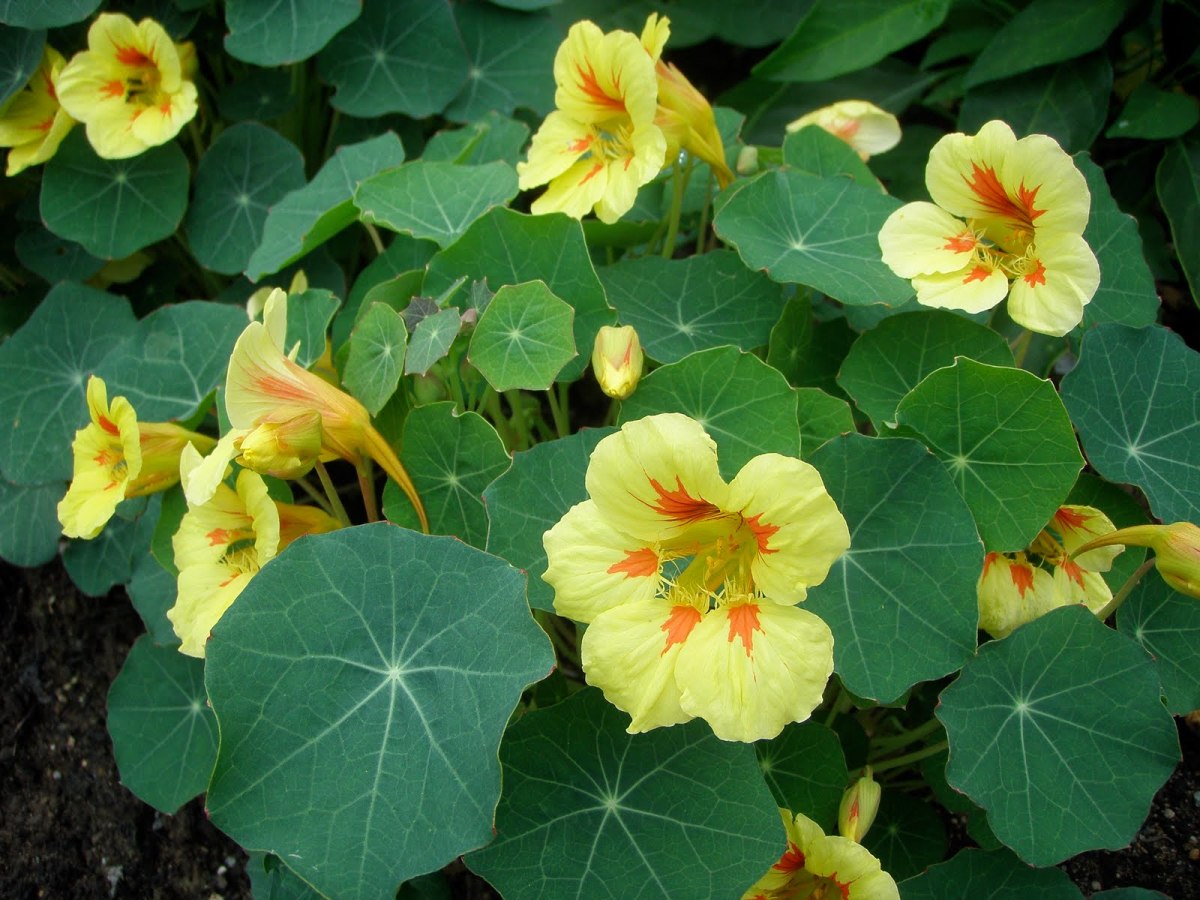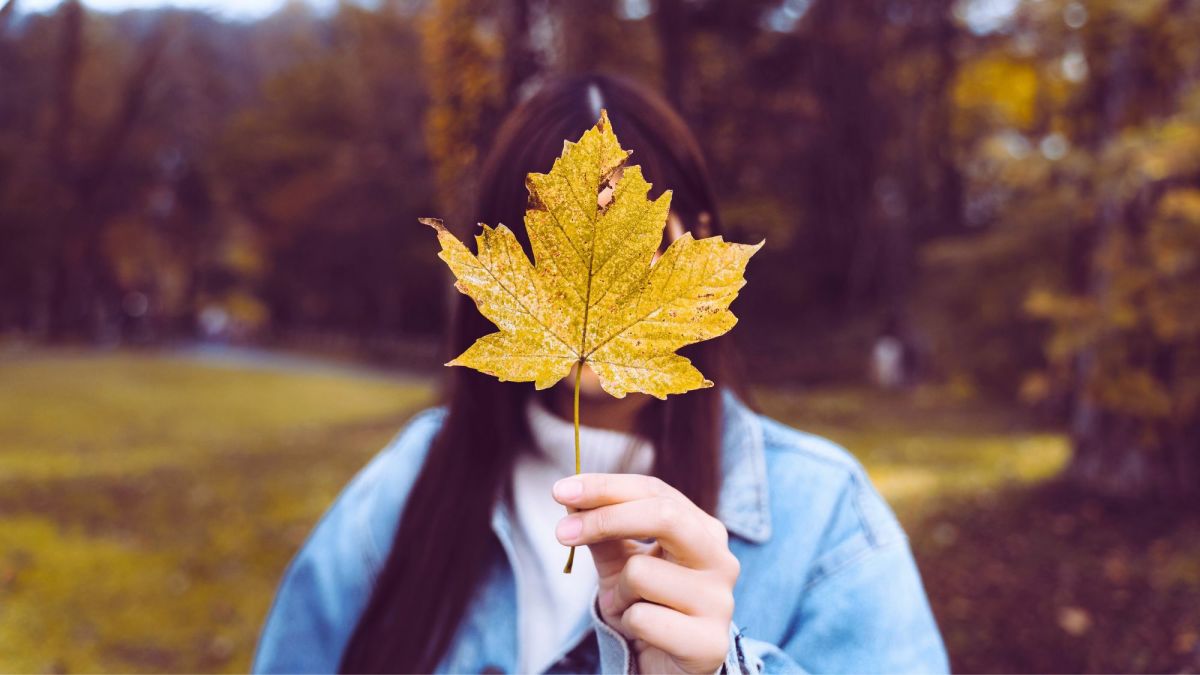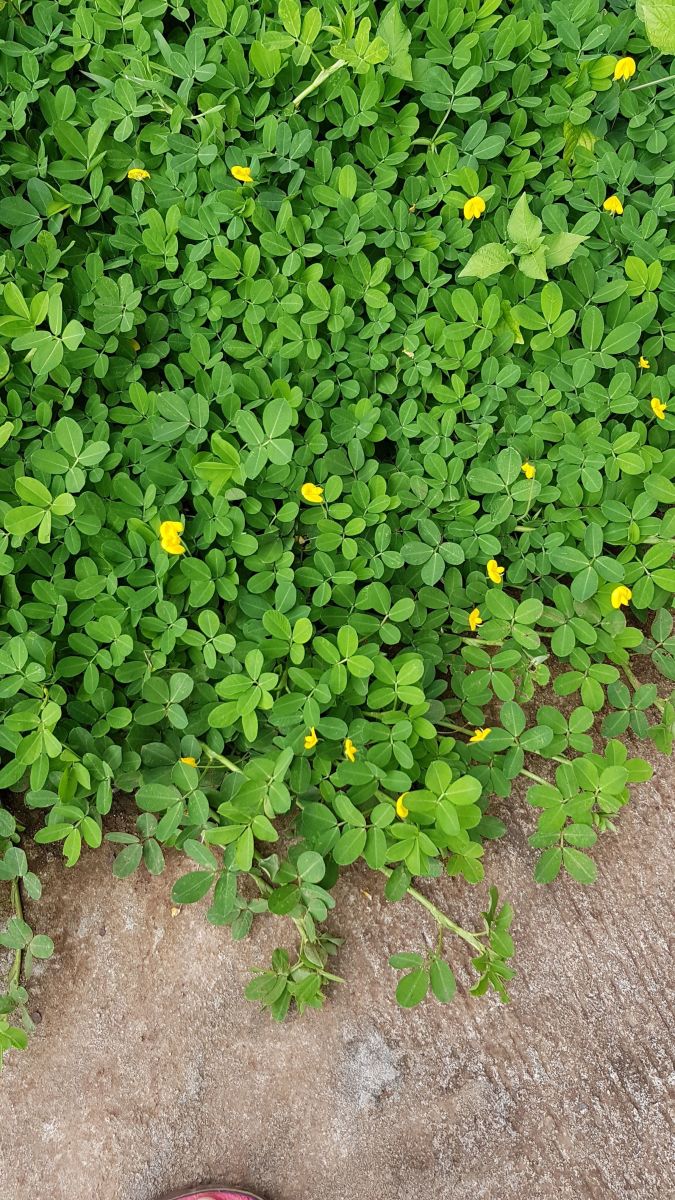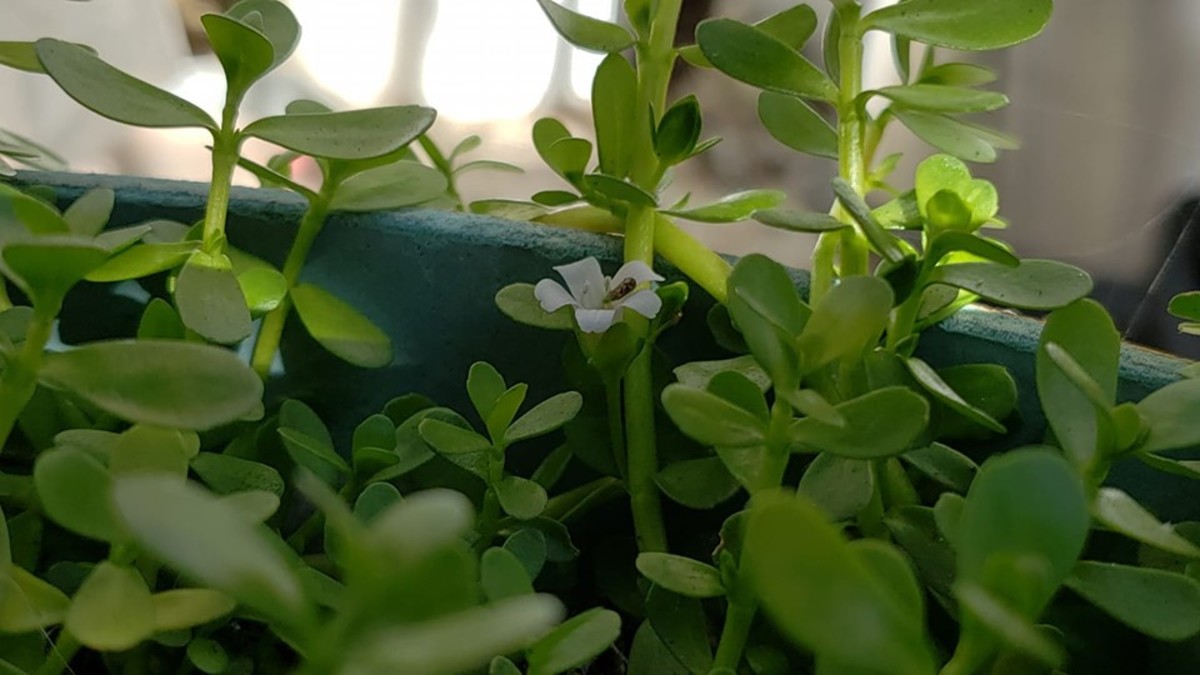Planting Camellia Gardens
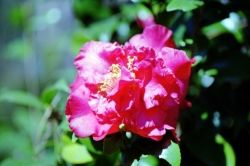
Lovely Camellia japonica, sasanqua and sinensis Flowers
The beautiful flowers of Camellia japonica and Camellia sasanqua and even the tea plant, Camellia sinensis, have been a foundation plant in southern gardens for so many years that it's hard to think of a garden without them.
We have several very large, old-fashioned specimens in our heirloom garden and we are lucky to have a labeled collection of about 600 specimens dating back to the late 1930s nearby in the Camellia Garden at the Hammond Research Station. This lens contains many beautiful camellia photographs and is all about these Camellia gardens. It also give tips about growing and propagating this gorgeous and hardy flowering evergreen shrub.
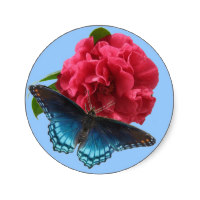
1. Guilio Nuccio
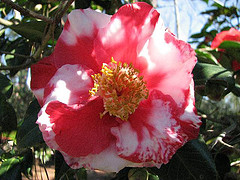
Our Camellia Garden
Camellias line the circular driveway in our heirloom garden. We know that most of them were planted over 30 years ago and some were planted about 50 years ago by the original owners of this parcel of land. We have been able to identify some of them, but others are still unnamed. Whether named or not we look forward to their beautiful blooms each year.
In the south, camellias bloom from December through March. Winter freezes and frosts will nip them a little and kill some of the open flowers and buds, but most make it and start blooming again within a couple of weeks after cold winter. Here in South Louisiana, many a Christmas dinner table is decorated with an arrangement of camellias.
Camellias like open shade and acid soil. They do well under our tall Loblolly pines. Once they are established they are very hardy and lend beauty with their evergreen leaves and beautiful blossoms.
Most of the Camellias in our garden are Camellia japonica, but we also have several of the lovely Camellia sasanquas and some small tea Camellias, Camellia sinensis. Most (except hybrids) Camellia sasanquas and C. sinensis can be grown "true" from seed. Camellia sasanquas bloom in the fall and there are many beautiful colors and varieties available today. Adding the fall blooming, C. sasanquas, to your Camellia garden extends the bloom period so that you will have Camellia blooms three-fourths of the year.
2. Agnes of the Oaks
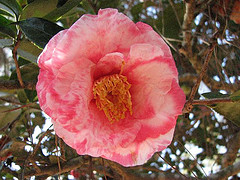
Growing Camellias

3. Sweet Jane
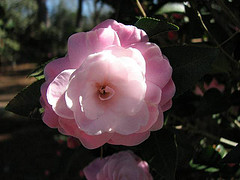
4. Drama Girl
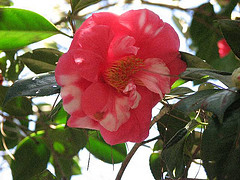
5. Extravaganza
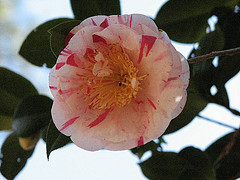
6. Unknown Pink
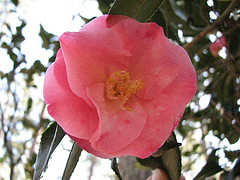
Growing Conditions
As with any plant, success with camellias depends on where it is planted. Camellias prefer about four to six hours of direct sun with shade in the afternoon. They thrive in the light shade of tall pine trees but would not do very well in the heavy shade under a large live oak. Full sun puts stress on camellias causing the foliage to sometimes take on a yellowish look, and flower buds may not open properly.
Good drainage is essential. Camellias need well-drained soil, so don't plant them in a poorly drained area or where water settles after a rain. Plant camellias on mounds or in raised beds if you want to put them in an area where drainage otherwise would be a problem. Adding organic matter and, in some cases, sand to the planting area will help improve drainage. Compost, peat moss and rotted manure all are suitable forms of organic matter.
Camellias are acid-loving plants, an alkaline soil (pH above 7) can limit their ability to obtain nutrients, especially iron. When preparing the area for planting, you shouldincorporate a soil acidifier, such as sulfur, copperas or aluminum sulfate, if the pH of your soil is above 7.
Depth of planting for camellias also is very important. Make sure they are planted with the upper surface of the root ball even with or a little above the soil level of the planting area. Apply mulch several inches thick around the newly planted camellia to help maintain moisture and prevent the growth of weeds. Just be sure to pull it back slightly from the base of the trunk.
Reference: Get It Growing: Camellias Brighten Winter Landscape In South by Dan Gill, LSU AgCenter Horticulturist
7. Coed
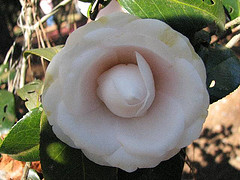
8. Jeneli
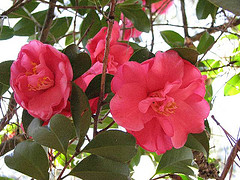
Camellia Encyclopedia

9. Adolphe Audusson
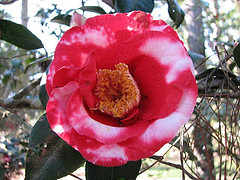
10. Unknown Double White
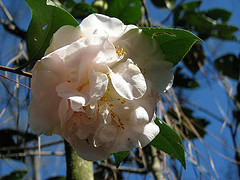
11. Unknown (Multi Petals, Rose and White)
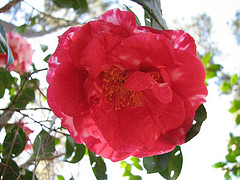
12. William Kade
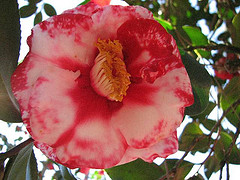
13. Unknown Variegated
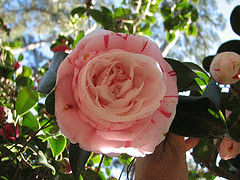
Hammond Research Station Camellia Garden
We are lucky to have a wonderful collection of heirloom Camellias located not too far away from us, at the Hammond Research Station. This collection was planted by Hody Wilson, Superintendent of the Station from 1936 to 1975. During his time at the Station, Hody nurtured and produced many camellia seedlings. According to the records, the majority of the camellias were planted during the late 1930s to early 1950s. The garden originally contained about 650 Camellia japonicas and C. sasanquas on a two-acre tract; over the years, a few have been lost.
During the 1990s, the garden was neglected because the Reseach Station changed its emphasis from experimentation with ornamentals to fruits and vegetables. However, the Tangipohoa Parish, Louisiana Master Gardeners came to the rescue in 1999 when they took on the clean up and maintenance of the garden as a project. Until her death in 2001, Master Gardener, Susan Spiller and others, worked many hours cleaning up and caring for the camellias. A memorial camellia, "Sweet Jane", was planted in the garden in her memory.
About 450 of the 650 plants have been identified by experts, but some of the bushes were seedlings that Hody developed and have never been named. A map of the garden and propagation of the shrubs is an on-going Master Gardener project. Propagation methods include air-layering, grafting and cuttings. The propagated plants will provide plants for a new collection which will be started across the street, in a few years. Propagated plants are also offered for sale to the public during Camellia Garden Strolls or Spring Garden Days which are co-sponsored by LSU AgCenter and Tangipahoa Parish Master Gardener Association.
In February, 2008 we toured the garden and took pictures of about 30 of the beauties. We kept a log of the names and were able to match most of the photographs with the list we kept, but alas, some of the most beautiful ones were unnamed. We hope you'll enjoy this virtual tour of the gardens. In the future, we plan to provide links when we can match the name and photo of the camellia to one on a web site.
14. Irene Coker
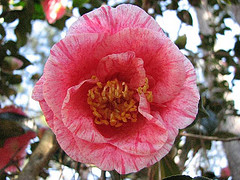
Camellias: Little Plant Library
15. Destiny
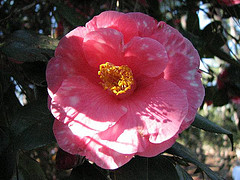
16. Unknown Rose Pink
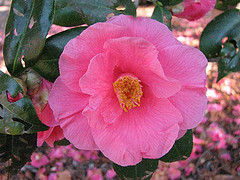
Hammond Research Camellia Garden Tour
The photos here are of our favorite twenty-four Camellia japonicas from the hundreds of Camellias that grow in the Hammond Camellia Garden.
Many of the name tags were missing or were so old that we could not make them out (even with our reading glasses). The Tangipohoa Master Gardeners are currently working on a "map" of the garden which they hope to finish in the next year or so. In the meantime, I would appreciate any input from any Camellia growers and/or experts in identifying both the unknowns in our yard and in the Hammond Collection. Just leave a comment below if you recognize any of the pictures.
17. X-18
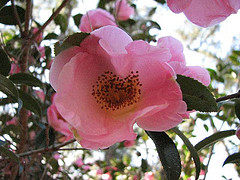
Plant Chooser
18 Julia Lawton
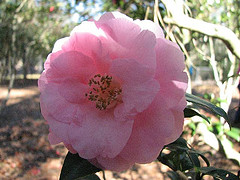
19 27/8 Double Rose
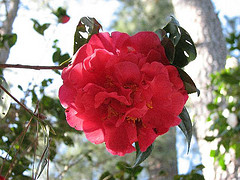
If you would like to learn more about old-fashioned cultivars and species and have the right conditions to grow camellias, the photos here will give you an idea of the variety and beauty of these flowers.
They are hardy and will grow for years. Some of the ones on our place are 40 or 50 years old. The species varieties such as Camellia sasanqua, which blooms in fall, and C. sinensis (the tea plant) can be propagated by seed. This means that once you get a plant, you can grow more. These are also good for sustainable gardens. C. sansanqua flowers are used by pollinators, including hummingbirds. The leaves of C. sinensis can be dried and brewed to make green tea.
20 Mattie R.
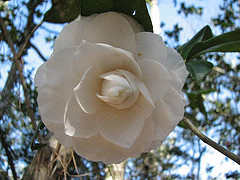
21 Betty Sheffield Supreme
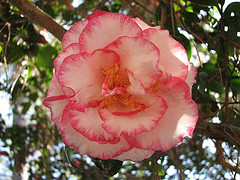
Grow Your Own Green Tea
The leaves of Camellia sinensis are used to make Black, Green and Oolong tea. The leaves are prepared in a different way for each type of tea. Camellia sinensis can be grown from seed and after a few years, you can harvest the leaves and make your own tea. It grows very well in the south and like Camellia sasanqua will reseed so you will soon have new plants to share with friends. The flower resembles that of the Camellia sasanqua.
22 Unknown Red in Corner
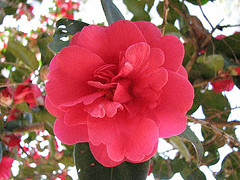
Tea Plant Seeds

24 Aroma Pink Variegated Fragrant
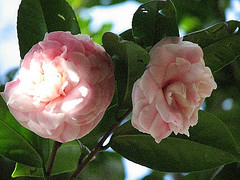
25. Dorothy Strong
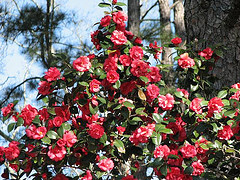
© 2008 Yvonne L B



